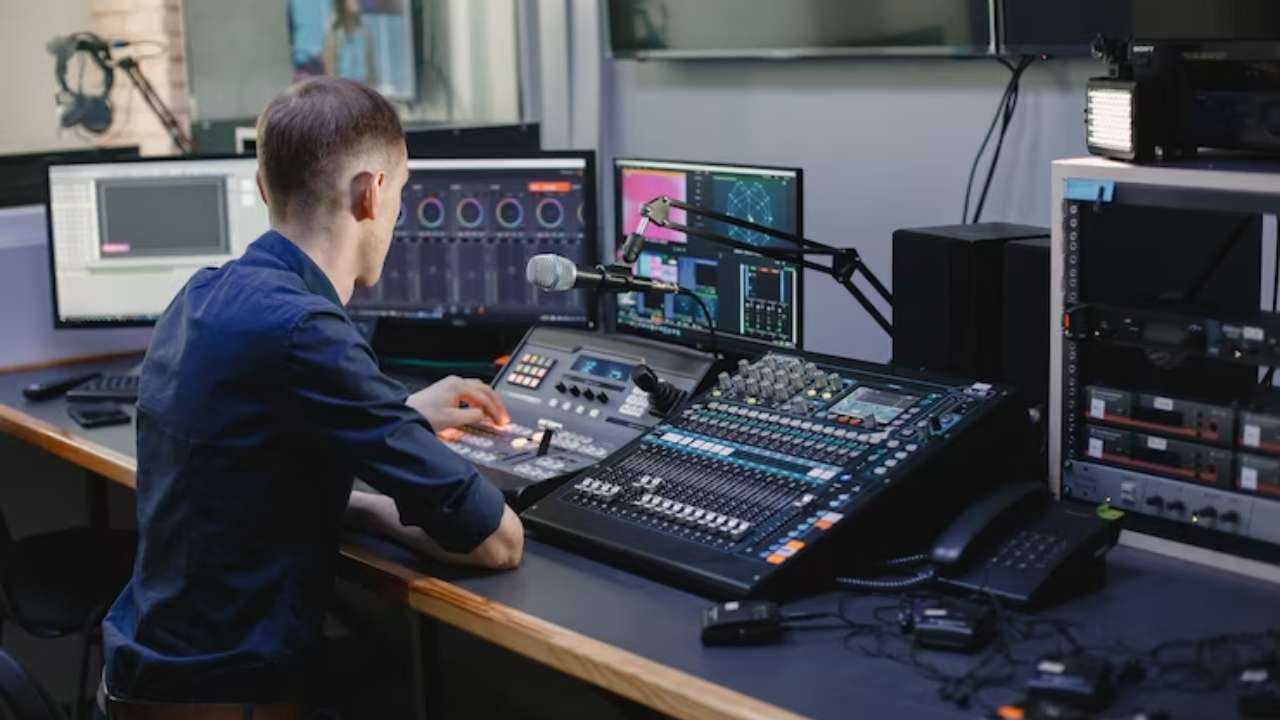One major benefit of audio over IP technology is its capability to connect various devices and systems seamlessly. Classic broadcasting frequently depended on complex wiring and physical links, which could be burdensome and restrictive. With AoIP, broadcasters can easily connect mics, audio consoles, and additional devices through a shared network. This convergence allows for remote broadcasting and live streaming from virtually any location, making it easier to reach audiences across the world. As a result, broadcasters can respond quickly to current events and listener requests, leading to more vibrant and captivating programs.
Additionally, AoIP systems supports superior audio formats that improve the auditory experience. Unlike traditional broadcasting techniques, which may compromise sound standards, audio over IP can maintain the purity of the audio stream throughout the transmission process. This means that listeners can enjoy clearer and richer sound, regardless of whether they are listening in via terrestrial radio, broadcasting online, or using mobile devices. The ability to deliver high-fidelity audio is especially important for this page musical and discussion programs, where each nuance matters to the listeners.
Moreover, the implementation of audio over IP technologies can lead to financial efficiencies for media companies. By using existing network infrastructure, organizations can eliminate the need for costly hardware and large-scale cabling. This not only lowers initial costs but also lowers maintenance expenses over time. Broadcasters can distribute resources more effectively, focusing on production and human resources growth. As a consequence, the entire media industry can gain from enhanced creativity and inventiveness, as financial resources are reallocated toward enhancing programming and interacting with listeners.
In summary, the transition towards audio over IP systems is transforming the broadcasting landscape. By enabling seamless connections, enhancing audio quality, and reducing costs, AoIP is paving the way for a more connected future in media. As broadcasters continue to adapt to these developments, they will be more prepared to satisfy the demands of their listeners, produce compelling content, and remain competitive in an ever-evolving industry. The prospects of broadcasting is promising, and audio over IP will take a key role in defining how we experience audio content in the years to come.
